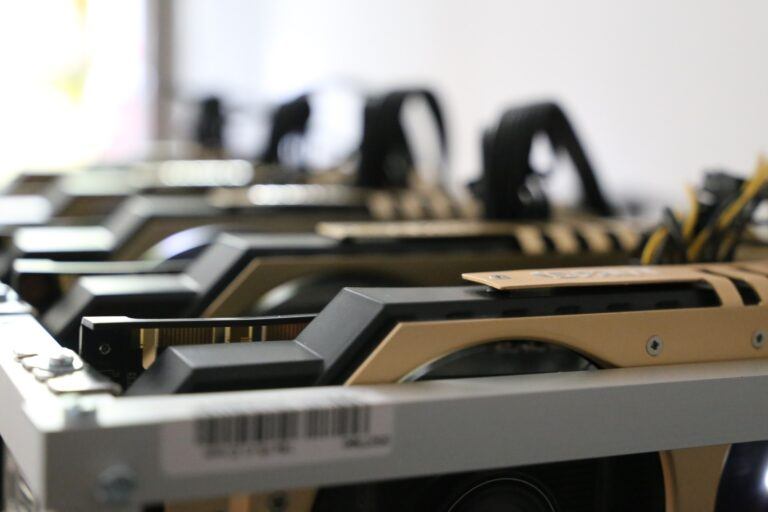Privacy-centric cryptocurrency Monero (XMR) has seen its hashrate rise exponentially following the RandomX update despite a lackluster movement in price.
On November 30th, Monero’s community executed the implementation of its new proof-of-work algorithm RandomX. The update uses random code execution with memory-based techniques to slow down the efficacy of mining operations and make the coin resistant to ASICs. Following the update, the XMR network’s hash rate skyrocketed.
According to data compiled by Bitinfocharts, Monero’s hashrate rose from 309 MH/s on Nov. 29, the day before the update, to 950 MH/s as of Dec. 7. Since then the network’s hashrate dropped to 826 MH/s, which means the jump was still of over 180%.
 Source: BitInfoCharts
Source: BitInfoCharts
While Monero’s hashrate shows that miners are contributing to the network, the coin’s price has failed to reflect a similar appreciation. XMR’s price fell from ~$55 on the day of the update to its current value of $53.70.
Despite the increase in hashrate, Monero’s RandomX update also had the effect of punishing professional crypto miners who utilize ASIC rigs on the work. The end result is a boost in recreational miners contributing to XMR’s network with traditional CPU in a bid to maintain the network’s decentralization and stop large organizations of having too much control over the hashrate.
Monero, which is based upon user privacy and anonymous transactions, operates that ASIC mining contributes to centralization. However, the coin has also had to contend with a number of exchange de-listings as crypto trading platforms accommodate the Financial Action Task Force’s (FATF) controversial “Travel Rule.”
Featured Image Credit: Photo via Pixabay.com









